
Piercing the veil
A new exhibition at Buxton Contemporary finds a rich complexity in the shadowy terrain between life and death.
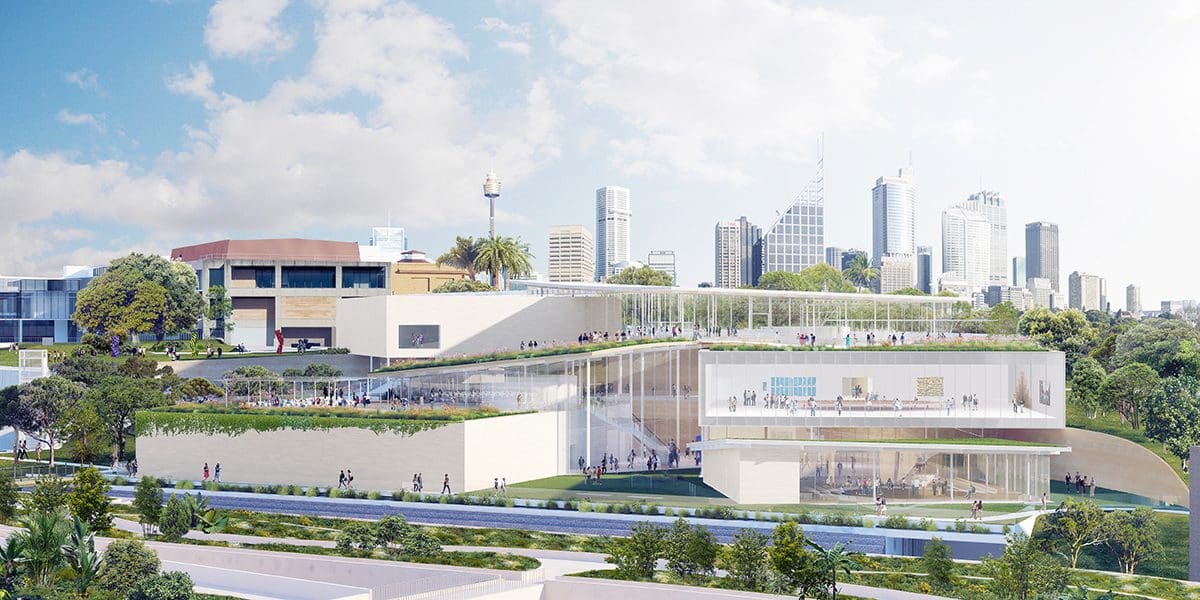
Image of the Sydney Modern Project as produced by Kazuyo Sejima + Ryue Nishizawa / SANAA © Art Gallery of New South Wales, 2018.
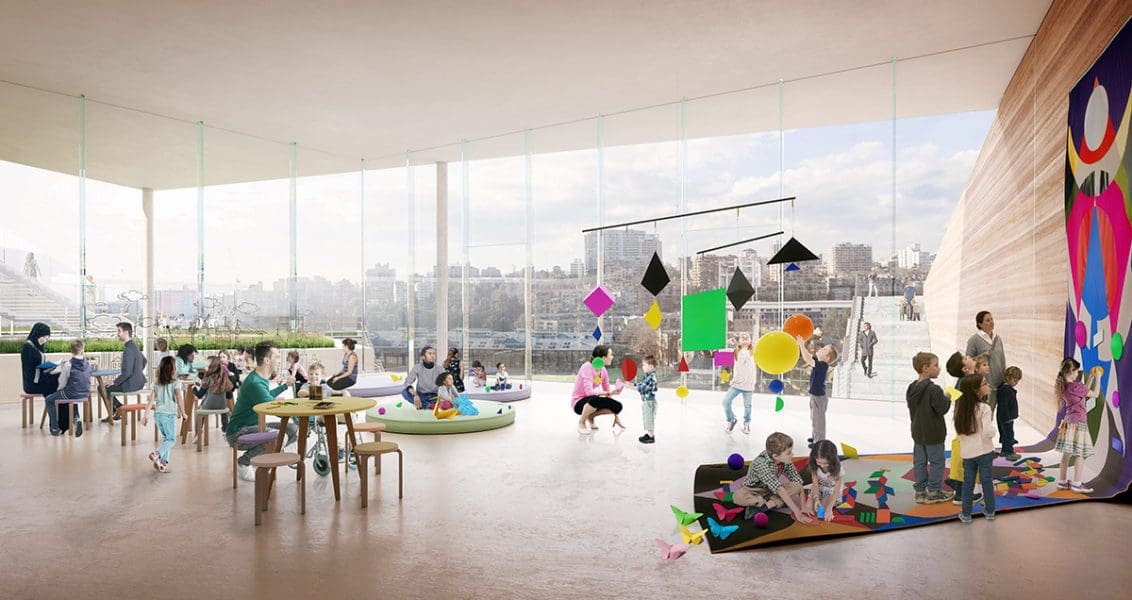
Image of the Sydney Modern Project as produced by Kazuyo Sejima + Ryue Nishizawa / SANAA © Art Gallery of New South Wales, 2018.
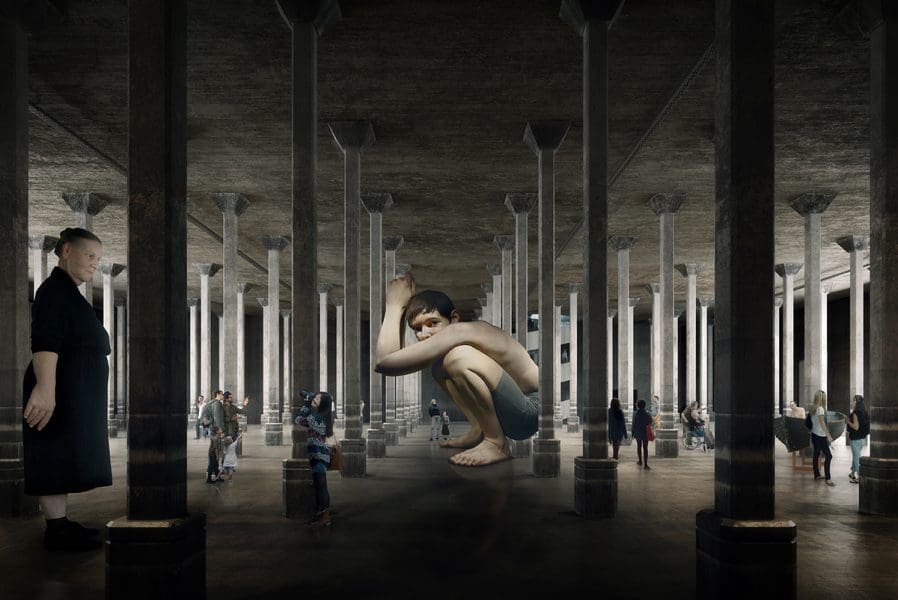
Image of the Sydney Modern Project as produced by Kazuyo Sejima + Ryue Nishizawa / SANAA © Art Gallery of New South Wales, 2018.
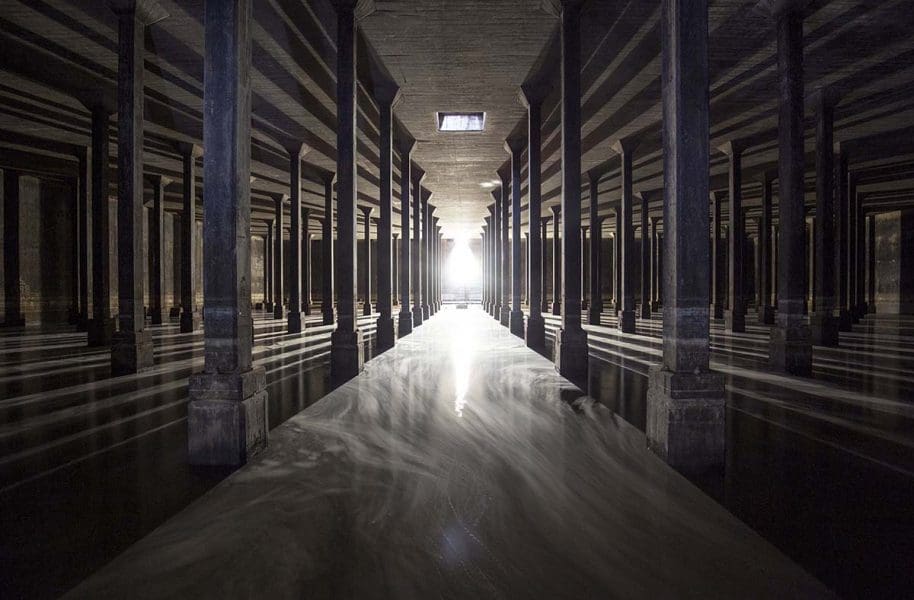
Image of Sydney Modern Project, empty oil tank. Photo credit: Ben Campbell © Art Gallery of New South Wales, 2018.
The $344 million Sydney Modern expansion of the Art Gallery of New South Wales (AGNSW) has been given State Government planning consent, allowing construction of the new building, designed by Japanese architects SANAA, to begin early next year. Completion is envisaged in late 2021, the year of the gallery’s 150th anniversary.
Sydney Modern will have “as much flexibility as possible”, AGNSW deputy director and director of collections, Maud Page, tells Art Guide Australia. Additions will include a dedicated education space, a black box and a contemporary space, “all things that allow us to program holistically, tailored to what we might expect a 21st century museum needs … and way past that. We’re trying to think: what do artists need, and how will they work in public spaces such as ours?”
Aboriginal art will be moved out of the lower ground floor to instead become the first gallery visitors encounter when they enter Sydney Modern. And Page adds, “We want Aboriginal art to be across all levels, across both galleries, as appropriate.”
One of the big criticisms of Sydney Modern was its encroachment on green space in the Domain. In response, the plan provides “transparency” between indoors and outdoors, says Page, which doesn’t exist with the current building, opening out via terraces, courtyards and an art garden. Page adds, “We will plant a total of 273 new trees, and that represents 24 per cent more trees than currently exist in the vicinity of the site.”
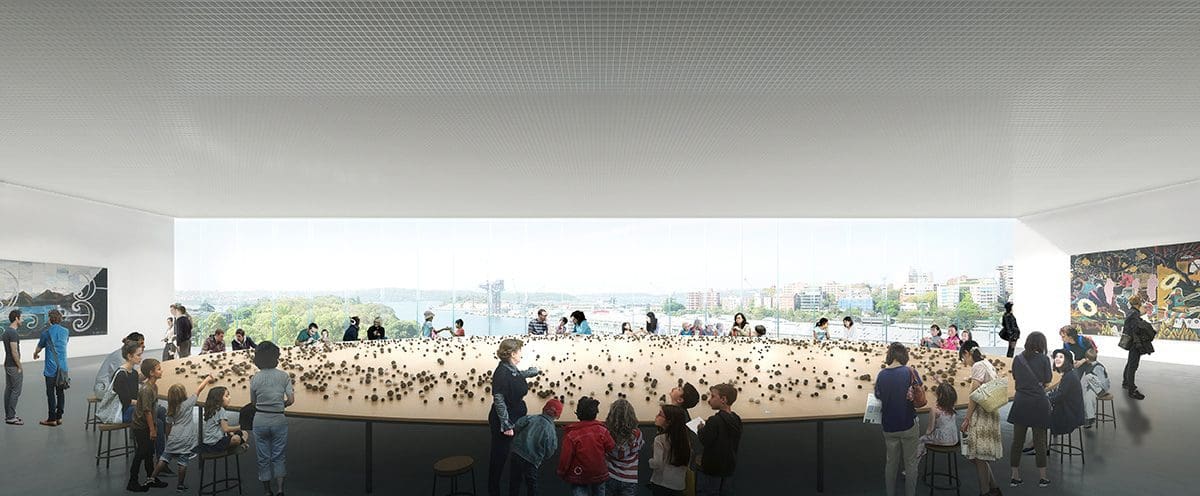
Sustainability initiatives include rainwater harvesting, solar panelling and a seawater heat exchange system for air-conditioning. NSW Arts Minister Don Harwin announced on 21 November that the Green Building Council of Australia had awarded the project a 6-star Green Star design rating. Sydney Modern is “the only art museum to achieve this in Australia,” Harwin said.
The facades of the Sydney Modern extension will be made of warm-toned limestone, complementing the sandstone of the original building, but this does not, as has been reported this past week, represent a revision of the architectural plans, says Page. “It hadn’t been agreed on [until now],” says Page. “It has involved a lot of testing about what those materials might be. It wasn’t that there was a whole change of direction. We’ve been clear on the warm-coloured tones… A lot of people thought it was [going to be] a white building, because that’s how the [design] renderings were showing it, but we had never envisaged the building to be white cascading pavilions.”
Does Page envisage any other hurdles ahead for Sydney Modern, in terms of construction, heritage, environment and transport? “I don’t think so. I think it’s been an incredibly complex project, and the complexity has arisen because there has been so much consultation across not only the community but all groups, the consultants, the staff,” Page says. “We feel we have crossed every T and dotted every I.
The NSW Government is providing $244 million of the $344 million cost, the remaining $100 million to come from philanthropic support via a capital fund chaired by gallery trustee Mark Nelson. Page says $96 million of this fund has already been raised. Standout donors include Isaac Wakil and his late wife Susan, who have given more than $20 million to the project, Page says. “What’s been lovely about these big sums is they’re all from people who have had such a long engagement with the gallery.”
Has the current lack of exhibition space meant that the AGNSW has been missing out on big touring exhibitions? “Yes, we have missed out on some big touring exhibitions.” Page admits. Will Sydney Modern turn that situation around? “Absolutely,” says Page. “We’re now like all our big competitors with space, and we can also do holistic programming in a really intelligent way.”